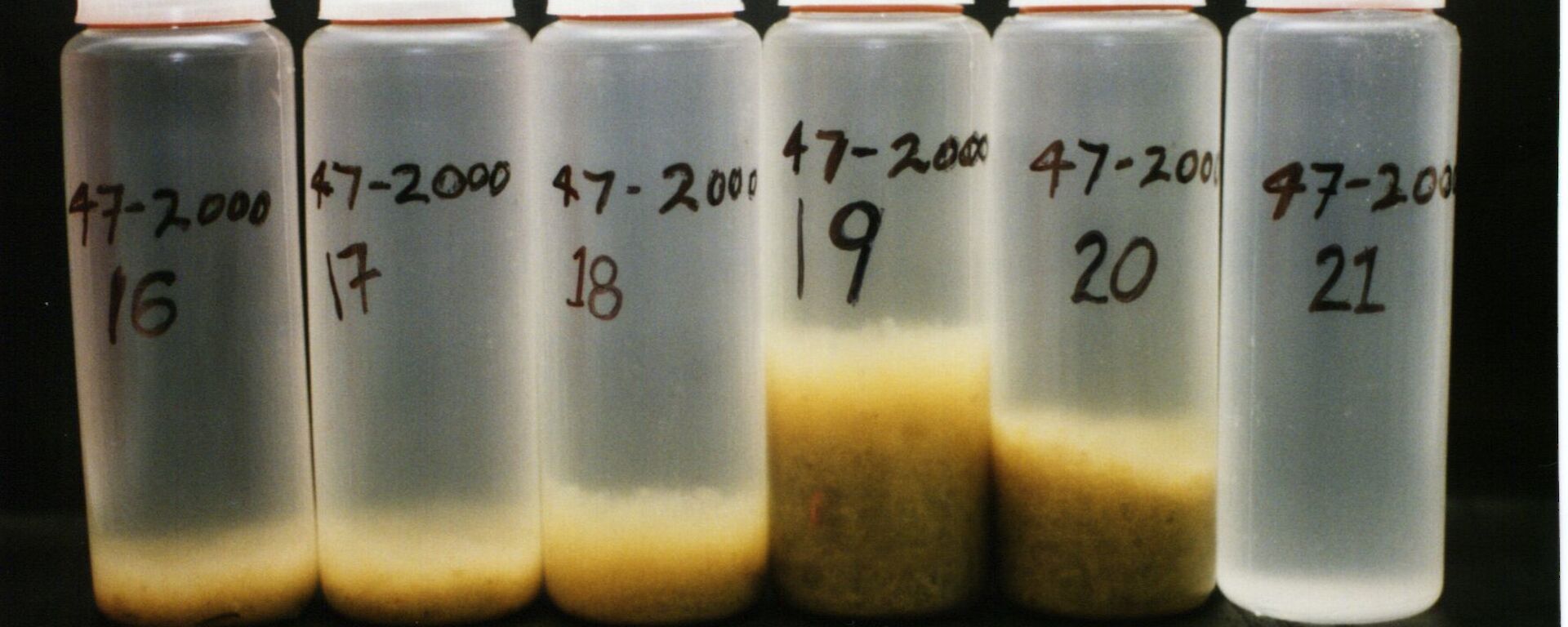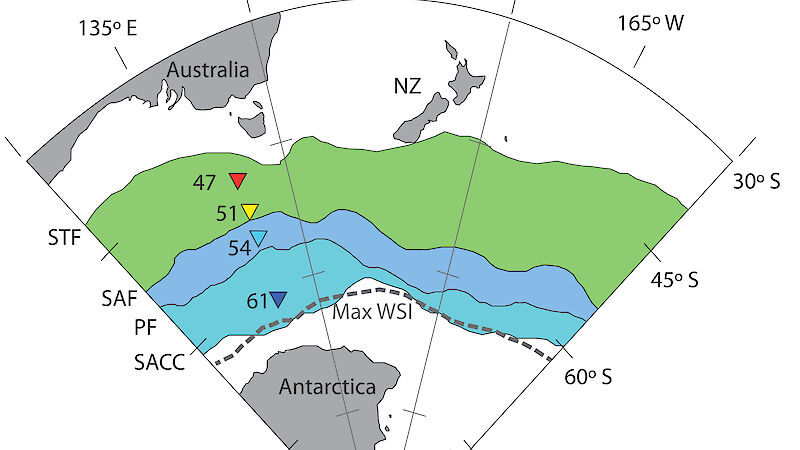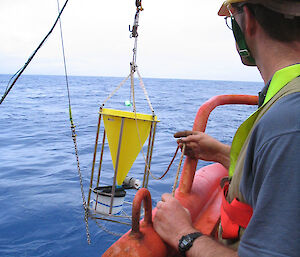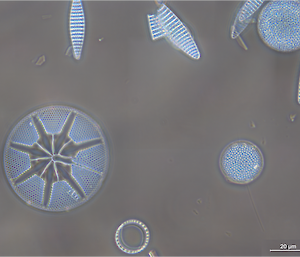Phytoplankton fluxes to the interior of the Southern Ocean contribute to the drawdown of atmospheric carbon to the deep ocean. But which species are involved and where do they come from? A new project aims to find out.
Diatoms are a supremely successful group of microscopic phytoplankton with an ability to metabolise silica to construct their intricate, yet robust skeletons, known as frustules. This group of ancient unicellular plants are considered the base of the Southern Ocean food web as they are responsible for 75% of its annual primary production, through photosynthesis, at the ocean’s surface. Through photosynthesis, diatoms draw in atmospheric carbon dioxide to convert into sugars for cell function and reproduction. The frustule of the diatom, aside from providing an enclosure for cell contents, also provides protection to the cell from zooplankton predation. However, there is a trade-off between strengthening the frustule and staying afloat within the sun-lit, wind-mixed, surface waters.
Diatoms can sink rapidly from the surface waters through ‘heavy’ aggregations of cells, natural cell death and large mixing events of surface waters to deeper levels. Most commonly though, they are consumed by predators and repackaged into ‘lead-balloon’ faecal pellets. By sinking away from the surface waters, diatoms contribute significantly to the drawdown of atmospheric carbon into the deep ocean. Their frustules can also be preserved in the sediments in such numbers that they can tell us the story of the water masses in which they lived. However, despite their importance in past and present Antarctic ecosystems and the carbon cycle, our knowledge of the ecology and distribution of diatoms in the Southern Ocean remains generalised at best.
In 1997 Professor Tom Trull, then at the Antarctic Cooperative Research Centre in Hobart, initiated a 10 year time-series sediment trap program in the Southern Ocean, to determine the origin, composition and fate of ‘particulate organic matter’ (fine particle remains of living organisms) reaching the ocean interior. Sediment traps were deployed at four sites (the Subantarctic Zone, Subantarctic Front, Polar Front Zone and Antarctic Zone — see map) and programmed to capture particles reaching different depths of the water column (e.g. 1000 to 3800m). This research showed that particulate organic carbon export in the Subantarctic Zone and Polar Front Zone is large in comparison to many other regions of the world ocean. This observation supports the idea that the Southern Ocean is one of the world’s largest sinks for atmospheric carbon dioxide.
Now a new research team, funded by the Australian Antarctic Division and Macquarie University, is investigating the diversity, seasonality and distribution of diatoms in the Southern Ocean. Using sediment samples recovered between 1997 and 2007, the research team is focusing on documenting the diatom flora dwelling in the major hydrological areas of the Australian Sector of the Southern Ocean, to determine which species and seasonal communities are significant to the atmospheric carbon draw-down.
This study will provide us with the missing link between the biochemical and zooplankton studies conducted during the 10 year time series, by providing evidence of species succession and interannual variability of the major primary producers amongst Southern Ocean diatoms.
Andrés Rigual-Hernández1, Leanne Armand1, Jessica Wilks1, Tom Trull2 and Stephen Bray3
1. Department of Biological Sciences, Macquarie University
2. CSIRO Marine and Atmospheric Research
3. Antarctic Climate and Ecosystems Cooperative Research Centre





